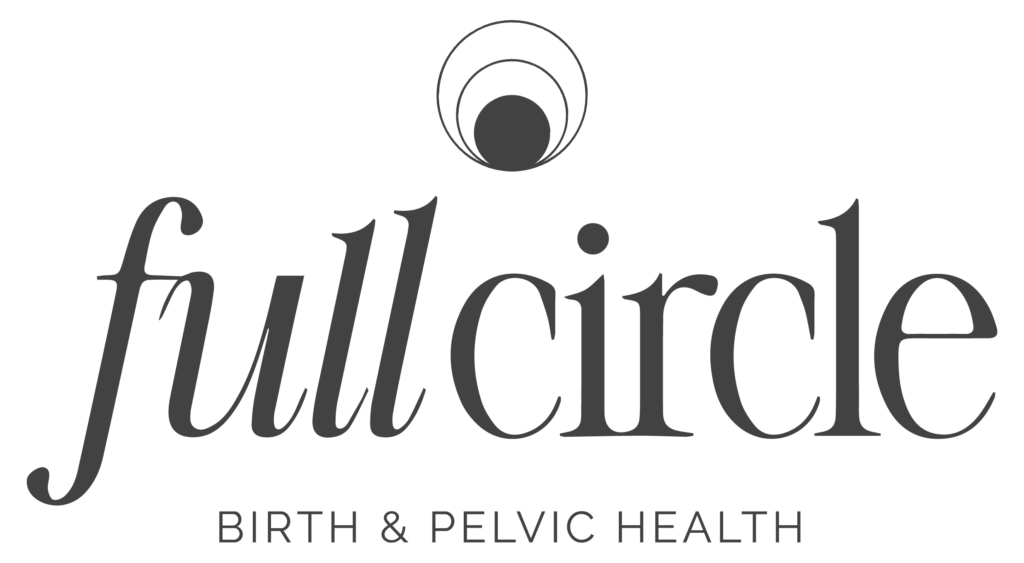Yes, I channeled Shakespeare for a blog title on Kegels. I couldn’t help myself. But seriously guys – if it really was as simple as doing your kegels, I would be out of a job.
Let’s start with a little background info – First described by gynecologist Arnold Kegel in 1948, Kegel exercises are the contracting and releasing of the pelvic floor muscles. Your pelvic floor is the bowl of muscles that sits inferior in the pelvic cavity and slings from the pubic bone to tailbone. It is made up of three layers of muscles, which have multiple functions. We remember these roles and functions as the 5 S’s:
Support – provides support for our babies while we are pregnant and for the pelvic organs Stability – provides stability to our pelvic bones
Sexual – helps to bring blood to the pelvis and strengthen orgasm (yay!) Sump-pump – acts as a pump for the lymphatics in our pelvic region Sphincteric – aids in starting and stopping the flow for bowel and bladder function
Doctors readily recommend kegels to postpartum women, people who experience urinary incontinence, pelvic organ descent, and a variety of other types of pelvic floor dysfunction. The problem is, pelvic floor dysfunction occurs for a variety of reasons and is NOT synonymous with weakness. If you remember one thing from this post, remember this:
“Tighter does not equal stronger.”
This overly-advised exercise attempts to strengthen the pelvic floor, but it really can pull the sacrum inward promoting even more weakness, and more pelvic floor and glute gripping for those who already have over-activity. For women who have a tight pelvic floor, concentrically contracting the muscles regularly will simply aggravate this tension issue. Why add fuel to the fire?
While these exercises are warranted and helpful in some cases, it is important to get an internal pelvic floor muscle exam by a specialist to determine if they are appropriate for your tissues or not.
With love & light,
Full Circle Birth & Pelvic Health








